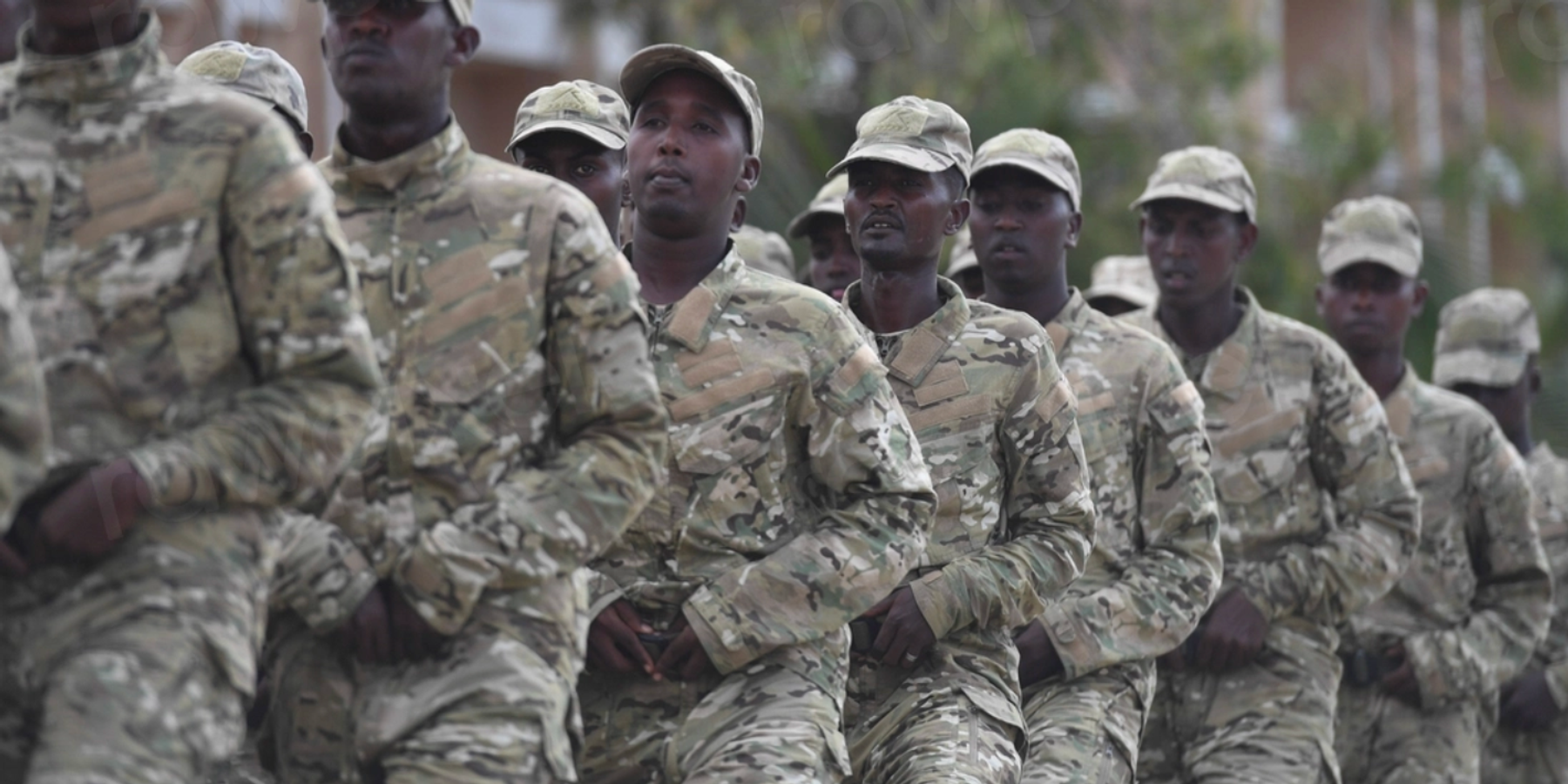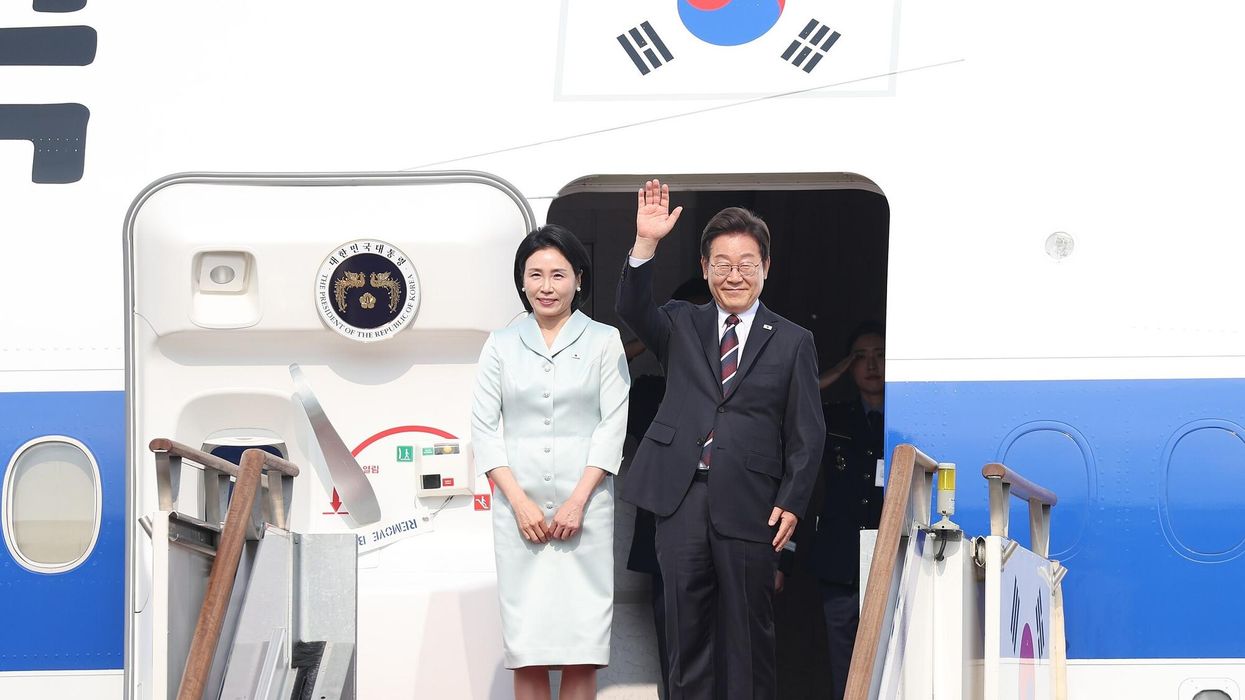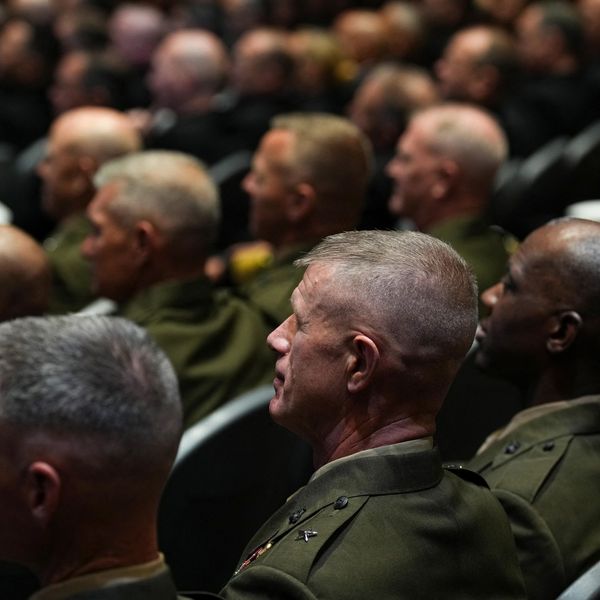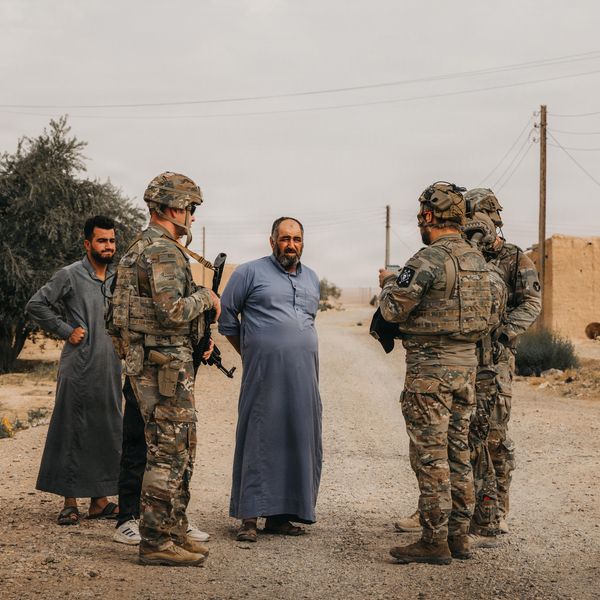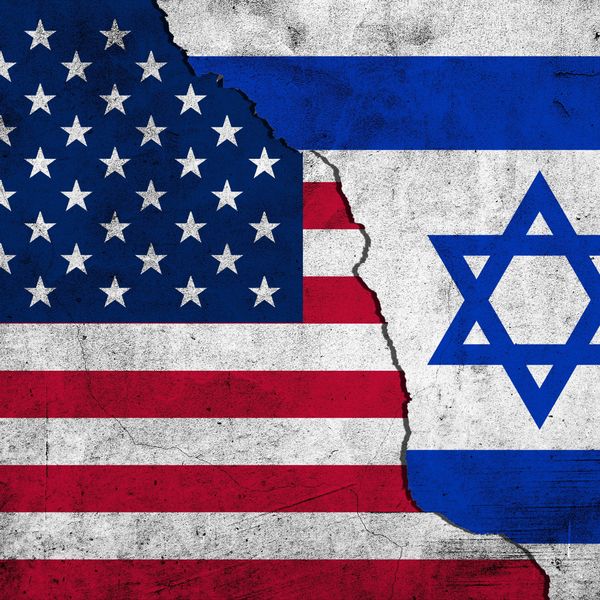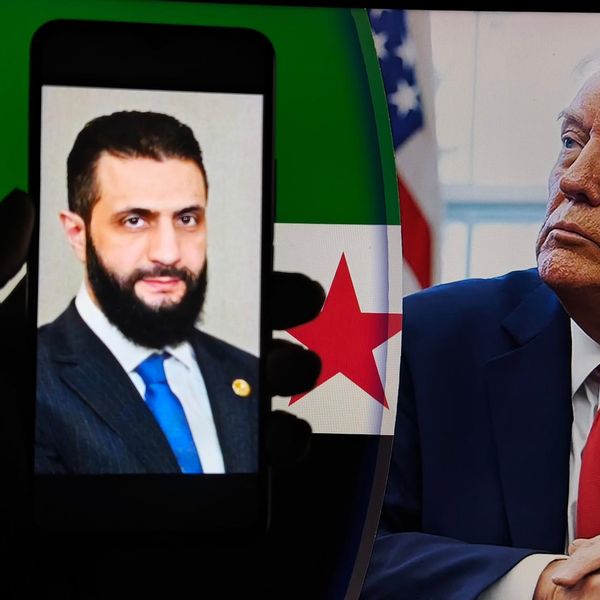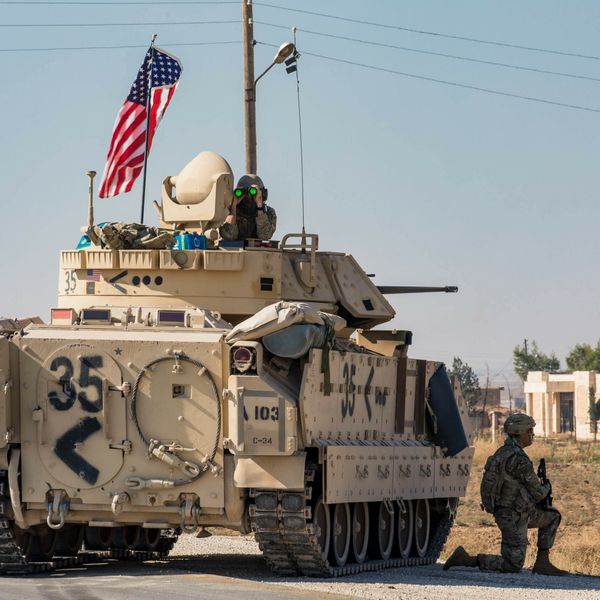On February 15, the U.S. government signed a Memorandum of Understanding with the government of Somalia to construct up to five military bases for the Somali National Army in the name of bolstering the army’s capabilities in the ongoing fight against the militant group al-Shabaab.
This is a troubling development that not only risks further militarizing Somalia and perpetuating endless war, but comes with the potential of exacerbating geopolitical rivalries at the expense of the needs and interests of ordinary Somalis.
According to statements by U.S. officials, the bases are intended for the Danab (“Lightning”) Brigade, a U.S.-sponsored Special Ops Force that was established in 2014. Funding for Danab initially came from the U.S. State Department, which contracted the private security firm Bancroft Global to train and advise the unit. More recently, Danab has received funding, equipment, and training from the Department of Defense.
U.S. support is made possible by the 127e program, a U.S. budgetary authority that allows the Pentagon to bypass congressional oversight by allowing U.S. special operations forces to use foreign military units as surrogates in counterterrorism missions. The Intercept has documented similar 127e operations in multiple African countries, primarily in locations that the U.S. government does not recognize as combat zones, but in which AFRICOM troops are present on the ground.
But this MoU is about much more than the U.S. government’s proclaimed commitment to help Somalia defeat al-Shabaab. It is a clear indication of the growing geopolitical significance of the Horn of Africa, and comes at a time of mounting concerns (mostly attempts by Yemen’s Houthis to disrupt global shipping in solidarity with Palestinians in Gaza) about securing the flow of international commerce via the Red Sea. It also coincides with a growing awareness that rising tensions in the Middle East could force the U.S. out of Iraq.
The U.S. government’s plan to train Somali security forces at newly-established military bases in five different parts of the country (Baidoa, Dhusamareb, Jowhar, Kismayo, and Mogadishu) is a back-door strategy not only to expand the U.S. military’s presence in Somalia, but to position itself more assertively vis-à-vis other powers in the region. Indeed, the 127e program is not the only policy that allows for the training and equipping of foreign forces as proxies: section 1202 of the 2018 National Defense Authorization Act further expands the ability of the U.S. to wage war via surrogate forces in places where it has not formally declared war, with the broader objective of countering the influence of adversaries like China and Russia.
While much ink has been spilled attempting to analyze great power competition on the continent, we have yet to adequately scrutinize the growing influence of middle powers like Turkey, Saudi Arabia, the United Arab Emirates, and Qatar who are each attempting to negotiate their own sphere of influence, and whose involvement in the Horn points to uncertain, if not waning, U.S. power.
Turkey maintains its largest foreign military presence in Mogadishu, has trained Somali security forces, and more recently has worked closely with the Somali government in conducting drone strikes against Al-Shabaab. Further underlining deepening Turkish engagement in the country, Somalia and Turkey signed defense and economic agreements earlier this month. Qatar and the United Arab Emirates have trained, and continue to train, local security forces as part of a broader strategy to secure access to regional markets and to assert their control over vital shipping lanes in the Red Sea.
With the drawdown of the African Union sponsored “peacekeeping” mission — previously known as AMISOM but renamed ATMIS in 2022 — analysts have expressed apprehension about the expansive nature of foreign actor involvement in Somalia and the risk of Cold War-style competition fueling instability. Indeed, the foreign-sponsored training of multiple “elite” contingents of the Somali National Army (Danab, Waran, Gashaan) has prompted internal divisions within the security establishment in Somalia as it raises chain of command issues and questions about the loyalty of these units.
As Colin D. Robinson and Jahara Matisek, both regional and military experts, have said, “The only thing worse is that various Somali units become more loyal and dependent on their foreign patron, short-circuiting the political logic of having security forces that look more like hired proxies than locally organized for self-defense. This may contribute to the growing perception of Somalia becoming a hyper-competitive arena; a republic of militias if you will.”
Equally significant is the recently announced Memorandum of Understanding between Ethiopia and Somaliland, a separatist region in northwestern Somalia. According to the terms of this yet-to-be signed agreement, in exchange for Somaliland granting 20km of much coveted sea access for the Ethiopian Navy for a period of 50 years, Ethiopia would formally recognize the Republic of Somaliland as an independent nation. The MoU has elicited a wave of anger among Somalis who view Ethiopia as meddling in their internal affairs — and it is precisely this history of meddling that has in the past contributed to al-Shabaab’s support base as it positions itself as the defender of Somali nationalism and autonomy.
While the U.S. State Department called for respect for Somalia’s sovereignty and territorial integrity and urged dialogue in response to the Ethiopia-Somaliland MoU in the name of de-escalating tensions in the region, the February 15 announcement that the U.S. intends to ramp up its involvement in Somalia is hardly an indication of a neutral stance. Rather, it is an indication of U.S. positioning in an increasingly militarized jockeying by foreign powers in this strategic but troubled country and region.
In Mogadishu, many Somalis are welcoming the U.S. announcement, perhaps in some cases hoping for job opportunities, and in others viewing the U.S. military support and presence as a potential buffer against Ethiopia. But if the past several decades of U.S. mis-adventures in Somalia are any indication, expanding U.S. involvement risks perpetuating rather than minimizing further conflict.
- Report: US military driving and exacerbating violence in Somalia ›
- Sending US troops back into Somalia would be folly ›
- How the Israel-Hamas war is destabilizing the Horn of Africa ›
- Why the US can't beat al-Shabaab in Somalia | Responsible Statecraft ›

